2016 Ford Focus 1.0-Liter EcoBoost Review

FAST FACTS
| Engine: | 1.0-liter 3-cylinder |
| Power: | 123-hp and 125 lb-ft of torque |
| Transmission: | 6-speed manual or automatic |
| EPA Fuel Economy (MPG): | 28 City, 40 Highway, 32 Combined |
| CAN Fuel Economy (L/100 km): | 8.5 City, 5.9 Highway, 7.3 Combined. |
| Price (USD): | starts at $20,760 |
| Price (CAD): | starts at $21,199 |
Ford is sticking all kinds of EcoBoost engines into its compact cars, but this one isn’t the hairy, rally-inspired Focus RS you’ve heard all about, and it’s certainly not the tail-happy Focus ST that lights up the track.
While those two turbocharged versions of the Focus are all about speed, the one I’m testing is the polar opposite. With its force-fed three-cylinder engine, you need to take it slow and steady. And if you drive this car slow and steady, it will reward the driver with extra miles per gallon.
Get a Quote on a New FordFord and the EPA suggest that the best the 1.0-liter EcoBoost can do in the Focus is a whopping 35 mpg. It might not be as exciting as what the Focus RS and Focus ST can do, but for some people, this frugalness can be a thrill in its own right.
The Skinny on the Small Engine
The engine, first seen in the U.S. on the Fiesta, makes 123 hp and 125 lb-ft of torque and is paired to a six-speed transmission, either an automatic or a manual. Manual models are capable of getting the aforementioned 35 mpg combined, while automatics earn just 32 mpg combined. Automatic start-stop helps improve things in traffic. In the U.S., only sedans are available with the engine, while Canadians get both the Sedan and Hatchback body styles.
The car feels pretty responsive in the mid-range, making it surprisingly fun to drive in slow to medium-speed traffic. Ask much more of it, say, passing on the highway, and you’re going to be wanting more power and for it to arrive much sooner. And while you can jump through traffic lights with a bit of gutso, doing so comes at the cost of fuel economy. This 1.0-liter EcoBoost needs you to take things a bit slowly. Simply put, the powerplant is only suitable for staying right at the speed limit and driving gingerly and smoothly.
Sharp Driving Dynamics
Despite the requirement to be driven sedately, the car is quite fun and responsive to drive. The steering feels tight and well weighted, giving a confident feel to the driver. The Focus has always been one of the better handling cars in its segment, and even with this engine, that is still true. The small EcoBoost engine reduces the car’s weight, meaning this sub-3,000 pound car feels nimble and agile, even if it’s not particularly quick.
The interior and exterior haven’t been radically changed this year. The car avoids looking too stale thanks to a new bumper and LED daytime running lights. The interior has also been updated with Ford offering the new Sync 3 infotainment system and USB ports that are said to help charge your devices twice as quickly as the old units.
Our tester came equipped with heated seats and a heated steering wheel, which is a testament to how Ford allows customers to customize their vehicles no matter the powertrain. The SE EcoBoost appearance package our vehicle was equipped with included stylish 16-inch aluminum wheels, rear disc brakes, blacked-out grille and headlight bezels and fog lights. In order to get the SE EcoBoost Appearance Package, however, the car has to be equipped with an automatic, which will bump the price up.
Pricing
In the U.S., the EcoBoost equipped Focus Sedan starts at $20,760 and the automatic SE EcoBoost Package model comes in at $22,255. Canadian models start at $21,199 for the SE trim models of either the hatchback or sedan, and the EcoBoost engine as no charge option. The automatic adds an extra $1,450.
Wait a Second
This doesn’t sound like a bad deal, but there are some issues to address. For starters, it’s not easy to achieve the car’s advertised fuel economy numbers, and doing so requires some unrealistic driving habits. Additionally, the Focus is also available with a 2.0-liter four-cylinder engine that is not only more powerful than the EcoBoost, but is also capable of achieving 40 mpg depending on how you configure it. I’m also willing to bet that its fuel usage is more consistent and less prone to fluctuating based on your driving style.
The Verdict: 2016 Ford Focus 1.0-liter EcoBoost Review
This reason alone makes the EcoBoost-equipped Focus not worth your money, unless you’re into the novelty of owning a turbocharged three-cylinder powered vehicle. Add in the fact that in the U.S., the engine costs a bit more than the base engine, and there’s really no point. If you’re going to get an EcoBoost Focus, you should either get a fun one like the ST or RS, or else stick with the naturally aspirated model.
LOVE IT
- Responsive engine
- Driving dynamics
- Looks good
LEAVE IT
- Slow
- Hard to net MPGs
- 2.0L is easier to drive and faster

Sami has an unquenchable thirst for car knowledge and has been at AutoGuide for the past six years. He has a degree in journalism and media studies from the University of Guelph-Humber in Toronto and has won multiple journalism awards from the Automotive Journalist Association of Canada. Sami is also on the jury for the World Car Awards.
More by Sami Haj-Assaad






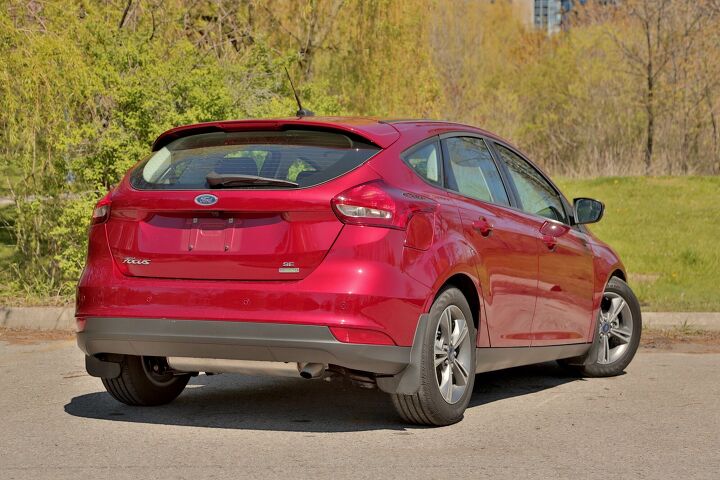
















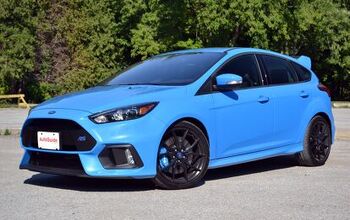
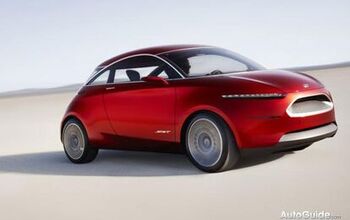

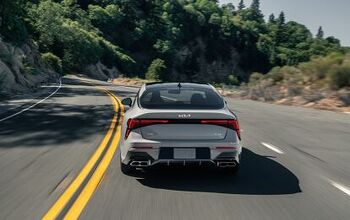


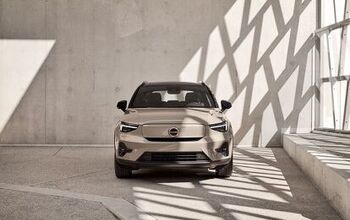




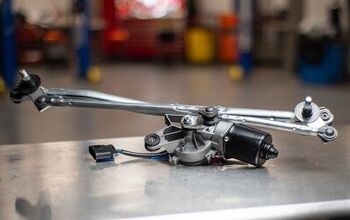

Comments
Join the conversation
It's gas mileage even driven normally isn't too impressive or even on par for a car with such a small engine. Even a Civic VX 1.5 got better mileage.
How is it possible that its nearly as easy to get a 2 litre engine to have the fuel economy of a 1 litre? Physically that doesn't make sense, I would assume this is far easier to achieve 40mpg than its 2 litre brother.